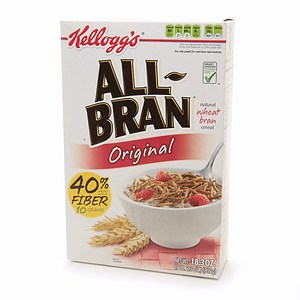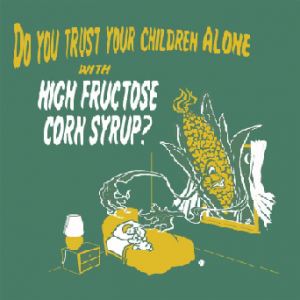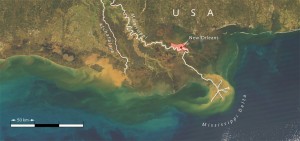Good Morning! The sun is shining, the kids are awake and now it’s time to sit down to a nice bowl of high fiber cereal. Today’s choice….
All Bran – 50 gram Portion/ 125 Calories Consumed
Let’s take a look at the ingredients and see what stands out…..
Hmm… wheat bran, sugar, high fructose corn syrup, standard preservatives and added vitamins.
YIKES. Sugar AND high fructose corn syrup? There’s 6g of sugar in a 30gram portion but that does seem like a bit much. Let’s see what Richard Manning thinks about it….
“The grinding, milling, wetting, drying, and baking of a breakfast cereal requires about four calories of energy for every calorie of food energy it produces.” (Manning)
“American pandemic of obesity tracks rather nicely with the fivefold increase in corn-syrup production since Archer Daniels Midland developed a high-fructose version of the stuff.” (Manning)
Our first major consideration is that this cereal is made up largely of wheat and corn, two of the three major crops grown in North America. These crops are grown for commercial purposes, in monocultures, and using large amounts of Haber-Processed Nitrogen.
What’s the Haber Process, you ask? The Haber Process uses atmospheric nitrogen and industrially converts it into ammonia, which can then be converted into plant-useable forms of nitrogen. Vaclav Smil has estimated that the Haber Process uses 1–2% of the world’s annual energy supply just for making fertilizer and explosives. Wow, deadly combination. And what happens to excess nitrogen that runs off of agricultural land?
So, where else is oil used to get that cereal to my breakfast bowl? Well, the plants are harvested (oil) and transported (oil) to processing factories. The wheat bran is a byproduct of wheat processing (oil) and the corn syrup is enzymatically processed (oil) from corn to glucose to fructose. These are packaged (oil) and transported (oil) to a Kelloggs Plant. The combo is ground, milled and baked (oil) and conveyed (oil) into a plastic bag which was processed (oil) somewhere else. The bag is then inserted (oil) into recycled (oil), boxed cardboard, which was printed with the Kelloggs brand. Once complete, the box is transported (oil) and unloaded (oil) at my neighbourhood grocery store. I walked to the store (phew!).



